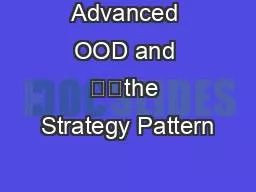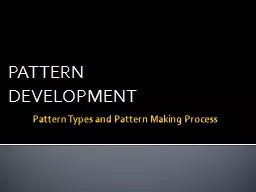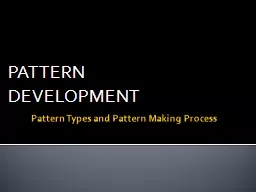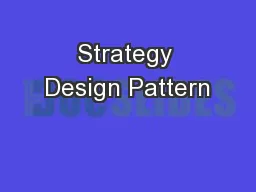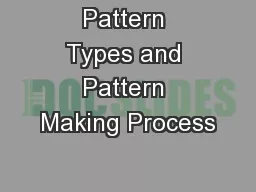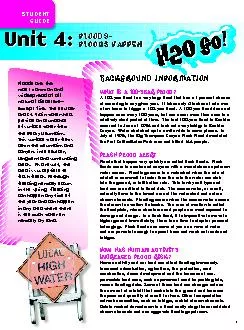PPT-Advanced OOD and the Strategy Pattern
Author : friendma | Published Date : 2020-06-30
1 In our last episode It was all about ObjectOriented Design 2 A Concise Theory of ObjectOriented Object represents a thing person car date not two things not
Presentation Embed Code
Download Presentation
Download Presentation The PPT/PDF document "Advanced OOD and the Strategy Pattern" is the property of its rightful owner. Permission is granted to download and print the materials on this website for personal, non-commercial use only, and to display it on your personal computer provided you do not modify the materials and that you retain all copyright notices contained in the materials. By downloading content from our website, you accept the terms of this agreement.
Advanced OOD and the Strategy Pattern: Transcript
Download Rules Of Document
"Advanced OOD and the Strategy Pattern"The content belongs to its owner. You may download and print it for personal use, without modification, and keep all copyright notices. By downloading, you agree to these terms.
Related Documents

